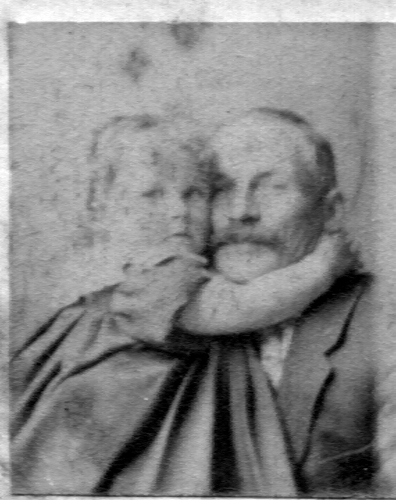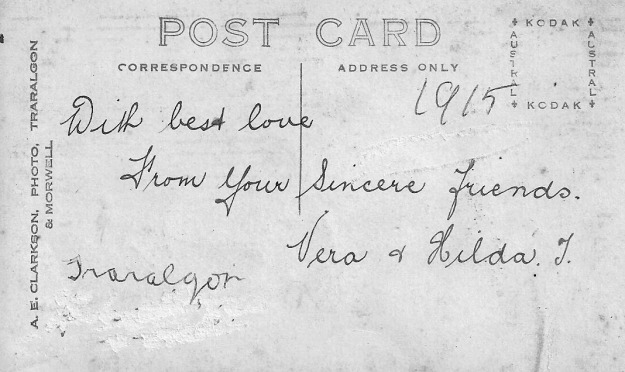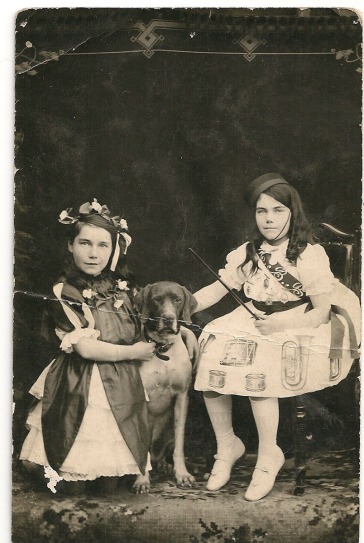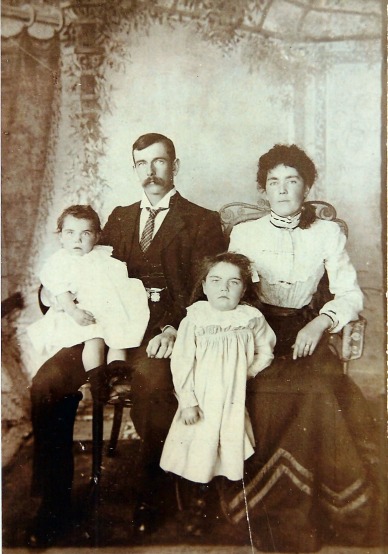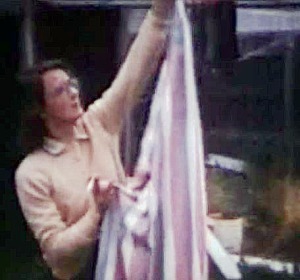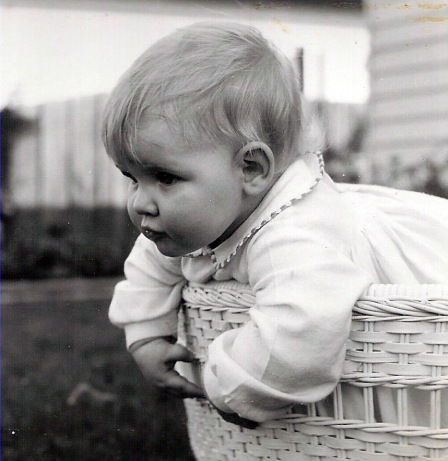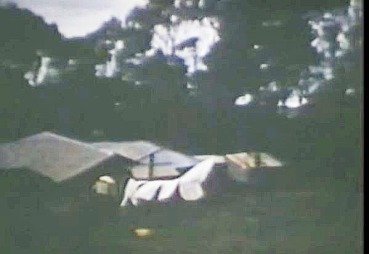
An Alien’s Egg. That is exactly what Geelong’s new Library and Heritage Centre looks like. And it is due to hatch on November 21. Every day the workers are swarming around and cossetting it in preparation for the big delivery day.

An earlier postcard of Johnstone Park at the State Library of Victoria : http://handle.slv.vic.gov.au/10381/66156
This impressive building overlooking Johnstone Park and its bandstand had the Town Hall, some Council Offices and the Art Gallery. Victoria’s oldest surviving municipal building was built in 1855 and further extensions blended in tastefully until now. The old Library and Heritage Centre was tucked in the back right hand corner.
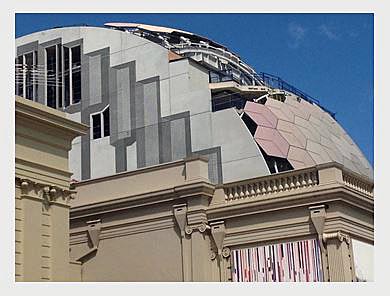
Adding the roof, January 2015 From http://www.tcl.net.au/news/work-in-progress
But the old Library and Heritage Centre needed expanding and have now been replaced with this golf ball. a bulbous appendage soaring over the back of the building.
Don’t misunderstand me. It is a nice building with an interior which promises to be very useful with all its high tech appliances. Strange though that when I read reports about it I rarely see the word book.
This is to be our central Lending Library. Wouldn’t it have looked lovely if it were were nestled into parkland or rolled onto a point overlooking the bay – think Sydney’s Opera House. Or how about floating on Corio Bay – now that would be something. There is also the golf course on Belmont Common. This shape could look quite cute sitting on the river bank. It is not the building which is offensive, it is the positioning of it.




 ghost in question is the spirit of a man’s first wife who turns up after a seance. She can be seen (and heard) by the husband but not by the second wife or anyone else.
ghost in question is the spirit of a man’s first wife who turns up after a seance. She can be seen (and heard) by the husband but not by the second wife or anyone else. into a bus and go to Heidelberg to put on the show one afternoon.
into a bus and go to Heidelberg to put on the show one afternoon.





















